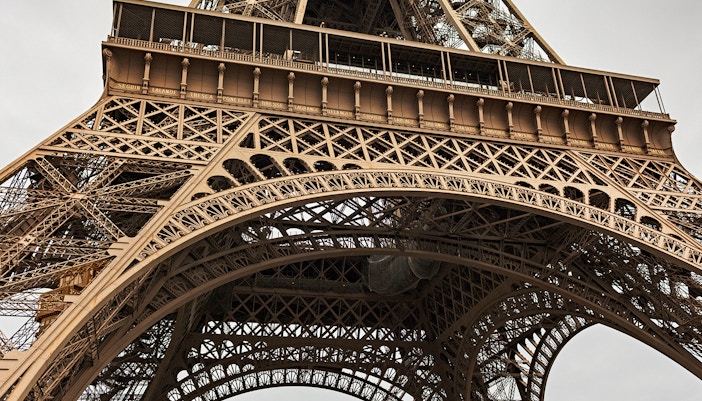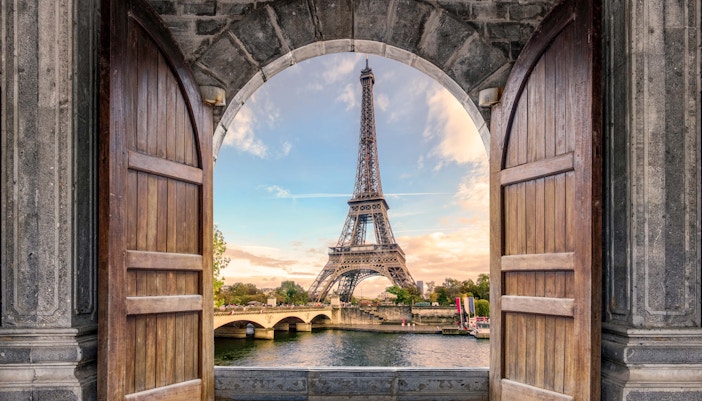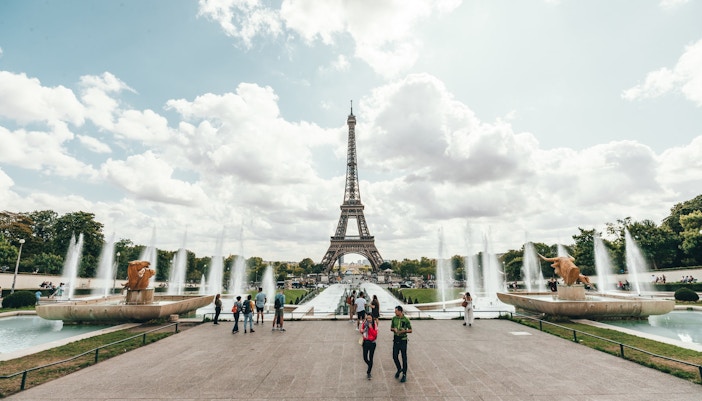Believe it or not, the Eiffel Tower was never meant to last. Built as a temporary exhibit for the 1889 Exposition Universelle, it was scheduled for demolition after 20 years. But Gustave Eiffel had other plans. He equipped it with a radio antenna and wireless telegraph transmitter: today, it still broadcasts radio and television programs.



